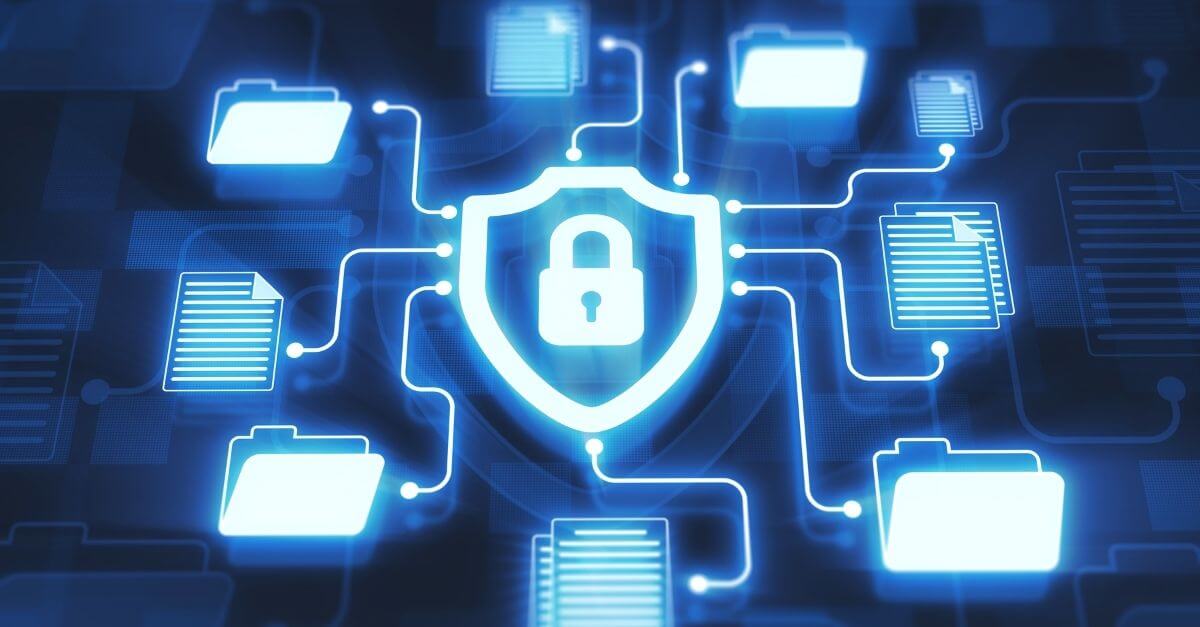Create a cyberattack response plan

Having a response plan for cyberattacks is vital today, as computer threats are becoming more frequent and sophisticated.
An effective plan can minimize the impact of an attack, reduce recovery time, prevent the loss of data and reputation of an organization and, of course, the loss of valuable time.
Preventing a cybersecurity incident is critical, but we must assume that at some point it is very likely that we will have to face one. For this reason, having a response plan for computer attacks is essential to minimize their impact and protect our information.
We have to assume that it is only a matter of time before we most likely have to deal with a cyberattack.
What is a cybersecurity response plan?
It is a set of procedures that must be followed in case of a computer attack. It aims to minimize damage and restore normalcy as soon as possible.
To create an effective contingency plan, you need:
- Identify possible risks and threats that may affect the organization.
- Define the procedures and responsibilities of the response team to cybersecurity failures.
- Establish a clear and effective communication structure.
- Perform regular simulations and tests to ensure the plan is effective.
Why is it essential to have a cybersecurity response plan?
Having an emergency plan for cybersecurity incidents is essential for several reasons:
- Minimizes impact: A well-designed plan allows for rapid detection and response, reducing both its impact and associated costs.
- Protects information: The risk of loss of confidential information or intellectual property is minimized.
- Regulatory compliance: Many industries have specific regulations that require a cybersecurity plan. For example, the European Union’s General Data Protection Regulation (GDPR).
- Improves the image of the company: Having a plan for cybersecurity incidents conveys an image of responsibility and concern for the security of the company’s information.
Steps to create a cybersecurity emergency plan
To properly implement a cybersecurity emergency plan, we must follow the following steps:
- Risk identification: This involves assessing external and internal vulnerabilities and threats.
- Definition of the response team: It must have a leader and members who are specialized in different areas.
- Creating the response plan: It should include the detailed procedures to follow in the event of an attack. In this regard, you have to specify the steps to detect, contain, evaluate and resolve the problem,
- Testing and simulations: The plan should be tested periodically to ensure it is effective and up to date. Simulations make it possible to identify possible deficiencies and take measures to improve their effectiveness.
- Training and awareness: All members of the organization must be trained. This education should be ongoing and updated as changes are made to the plan.
Tips for Implementing a Cybersecurity Response Plan
For the plan to be effective, it is important that certain tips are followed for its correct implementation.
The first is to clearly define the roles and responsibilities of the response team. This involves identifying the people who will be responsible for implementing the plan and clearly delineating their specific roles. In this way, the team will be able to act quickly and effectively in the face of any cybersecurity incident.
Another important tip is to create an effective communication protocol. That is, secure and efficient communication channels must be designed so that the response team can coordinate and communicate the progress in the process.
It is also essential to establish a process of notification to those affected and authorities if necessary. It is significant that everyone involved knows what to do in the event of a hack attack, including notifying those affected and competent authorities.
Another very useful recommendation is to perform periodic tests and simulations to ensure that the response protocol is updated and effective. In this way, you can check the effectiveness of the plan and make the necessary adjustments to improve it.
Finally, it is important to store copies of the plan in different locations that are safe and accessible to the response team. This ensures that you are always available and up-to-date in the event of an emergency.
Undoubtedly, implementing a response strategy to problems related to cybersecurity is a critical process for any organization. By following the tips above, the necessary foundations can be established to ensure that the system is effective and can protect the organization from potential cybersecurity risks.
Case study: Belron Carglass
Belron Carglass has developed a very effective cybersecurity incident response plan that includes everything from identifying and containing the problem to recovering systems and reviewing what happened to prevent future attacks.
The security measures implemented by the company include constant monitoring of systems and vulnerability testing. On the other hand, it takes into account the training and awareness of employees to prevent social engineering attacks. The company also has a highly trained incident response team and an internal and external communication protocol, which allows a quick and effective response to any situation.
Pasiona Cybersecurity Services
At Pasiona we are specialized in
cybersecurity services
. We offer customized solutions for each client. We focus on prevention and protection with the aim of minimizing risks and ensuring business continuity, but we also include the implementation of a response protocol for cybersecurity attacks.
In short, having an effective and well-organized response plan is essential to minimize the risks and costs associated with cybersecurity incidents. Prevention is important, but it is not enough. It is necessary to be prepared to face attacks and have a plan that allows us to act quickly. The implementation of this plan not only minimizes damage, but also conveys an image of responsibility and concern for safety.
Cyber Security, Response Plan, Response protocol
Go back


